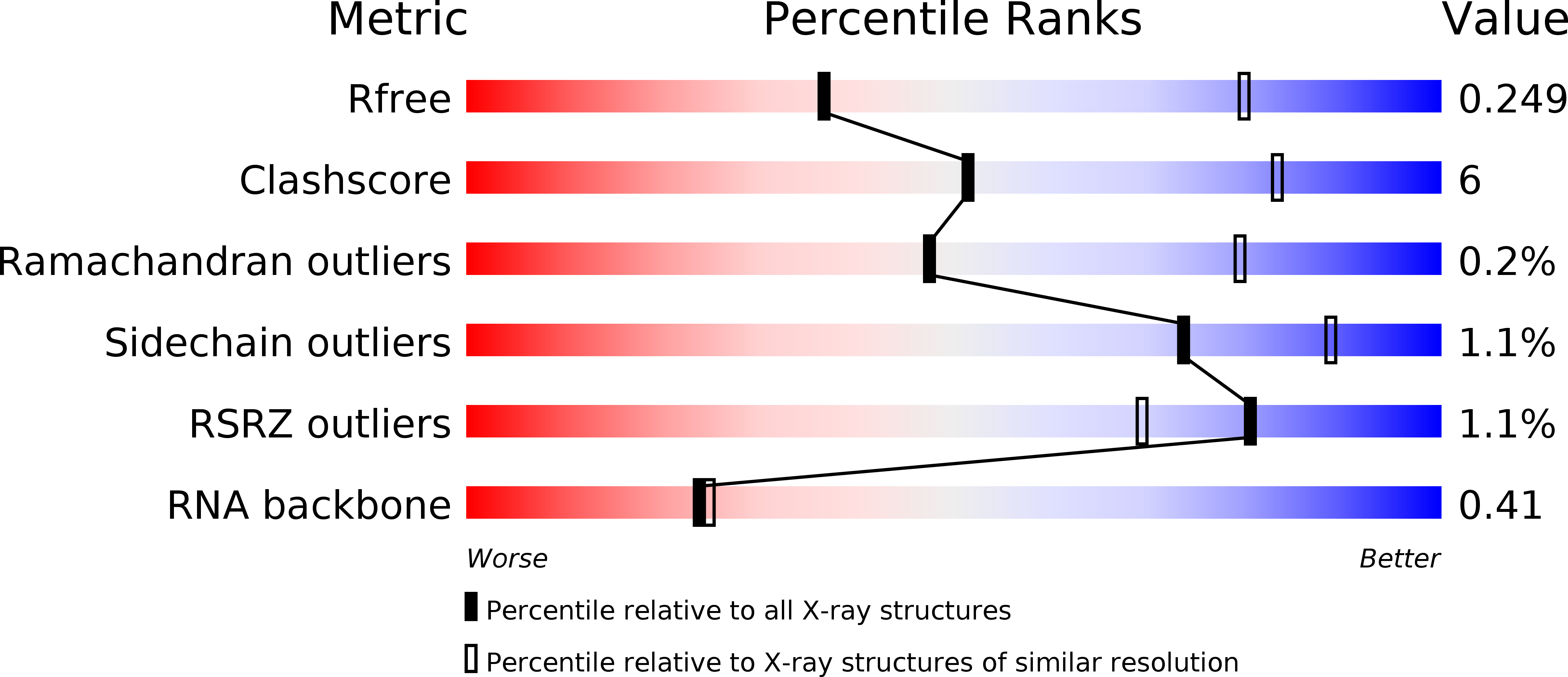
Deposition Date
2015-07-03
Release Date
2015-08-26
Last Version Date
2024-12-25
Entry Detail
PDB ID:
5CD4
Keywords:
Title:
The Type IE CRISPR Cascade complex from E. coli, with two assemblies in the asymmetric unit arranged back-to-back
Biological Source:
Source Organism:
Escherichia coli (Taxon ID: 83333)
Host Organism:
Method Details:
Experimental Method:
Resolution:
3.20 Å
R-Value Free:
0.24
R-Value Work:
0.21
R-Value Observed:
0.21
Space Group:
P 21 21 21


